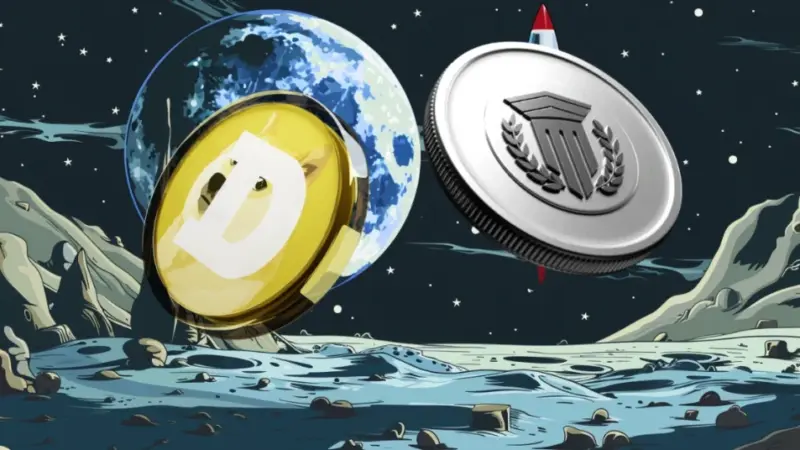Top Reasons Why the NFT’s Trading Volume Has Dropped to Yearly Low


The post Top Reasons Why the NFT’s Trading Volume Has Dropped to Yearly Low appeared first on Coinpedia Fintech News
As the cryptocurrency market continues to evolve, Non-Fungible Tokens (NFTs) have emerged as a prominent digital asset class. The NFT industry has witnessed exponential growth since the historic $69 million sale of Beeple’s digital artwork.
This growth can be attributed to the expanding GameFi and Metaverse markets, which have received billions of dollars in investments through decentralized financial ecosystems. As the world shifts towards a digital-first economy, NFTs are set to play a crucial role in shaping the future of the cryptocurrency industry.
Keep reading to discover how NFTs are changing the game and what it means for investors.
Uncovering The Reasons
According to on-chain market data from Dune Analytics, the total NFT addresses on all platforms including Blur, Opensea, LooksRare, and OpenSea Pro, among others, dropped below 8k in the past week, the first time since July 2021.

“Part of it can be attributable to high gas costs, which have been abnormally high (due to network activity and MEV bot sandwicher),” Sealaunch, an NFT data and research centre, noted.
According to aggregate data provided by Dune analytics, the average NFT gas price suddenly spiked in the past few days. As a result, NFT traders have reduced trading activities on different chains. Nevertheless, the Ethereum network remains the top NFT traded chain.

Are Meme Coins To Blame?
Reportedly, both heavy and small NFT trading volumes have shrunk at the same pace in the past few days. Among the top reasons is the emergence of extremely volatile meme coins including the $PEPE coin that just announced an upcoming airdrop.
“Our thesis is that since there is a general decay in NFT users, it is most likely due to a macro scenario (such as high gas prices + tax payment liquidity issues) than to a change in the pattern of trading (such as, for example, a reduction of airdrop farming trading),” Sealaunch concluded.




